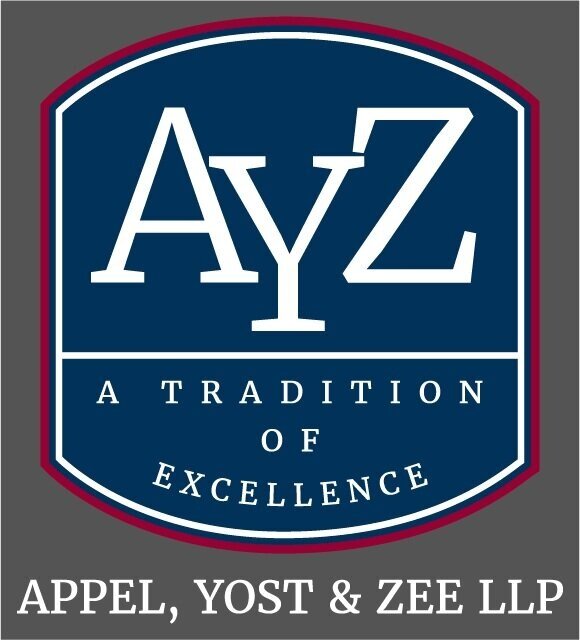School Granted Summary Judgment in 'To Kill List' Case
By William J. Zee & Megan E. Bomba
June 21, 2021
The Eastern U.S. District Court for Pennsylvania granted a school district’s motion for summary judgement in an action asserting violations of the fourth, fifth, eight and fourteenth amendments when a student was allegedly involved in creating a “Kill List” found in the school.
In Sabbah v. Springfield Sch. Dist., a list of seven student names was discovered in the school entitled “To Kill List.” After preliminary investigation of student journals and questioning of potential authors of the list, the principal noticed a theme of concerning drawings and writings in a particular sixth grader’s journal. The administration questioned the student without a parent present. The school concluded that since the handwriting appeared similar, the list was authored by the student. Neither the student nor parents denied knowing about the journal contents, and the student admitted to writing a portion of the list. The student was suspended for nine days and referred to the school’s office of special education for evaluation. In response, the plaintiffs sued the school, alleging violations of the fourth, fifth, eight and fourteenth amendments as well as Section 1983. The school moved for summary judgement.
Finding in favor of the school district, the court claims brought under the fourth and eighth amendments. The court reasoned that the school did not act as an agent of police as the plaintiff argued, and the court found the questioning of the plaintiff reasonable given the gravity of the situation. According to the court, the eighth amendment also did not apply in the context of school disciplinary matters, and the school’s investigation provided sufficient due process in regards to the fourteenth amendment. As such, the court granted the school district’s motion for summary judgement.
The court noted, “sometimes a school’s over-cautious response may give rise to a federal cause of action. Other times—as is the case here—it does not,” opined the court. Pointing to the growing number of school attacks in the U.S., the court determined the school was justified in launching an immediate investigation and described the role of the school in a potential violent threat situation as having an obligation to act in good faith, and sometimes make decisions with imperfect knowledge and under the pressure of time.
School districts often refrain from taking significant action un such situations until consulting with law enforcement. The case demonstrates that depending upon the circumstances, schools may not have the luxury of waiting to act. Moreover, the decision suggests that courts may grant schools more leeway when confronted with threats of violence where they are deemed to have acted reasonably in acting swiftly to protect the interests of the school community from a potential threat.
Should you have any questions about this decision, or any other issue impacting schools, please do not hesitate to contact William J. Zee or any of the attorneys in the Appel, Yost & Zee Education group.
